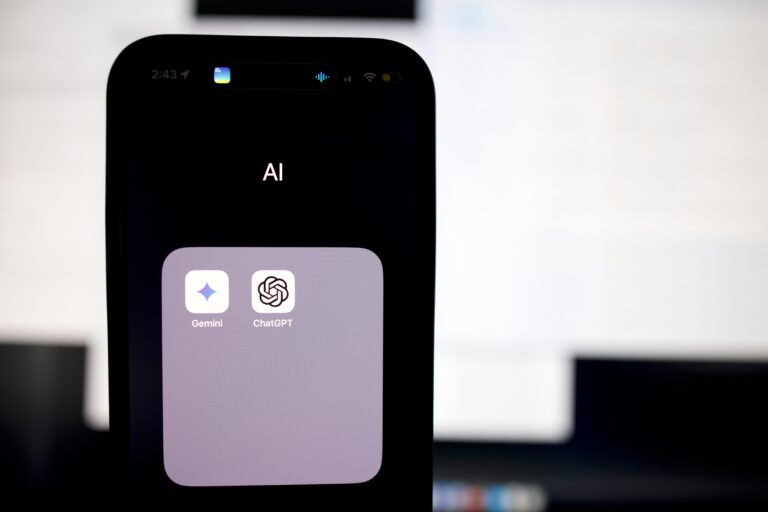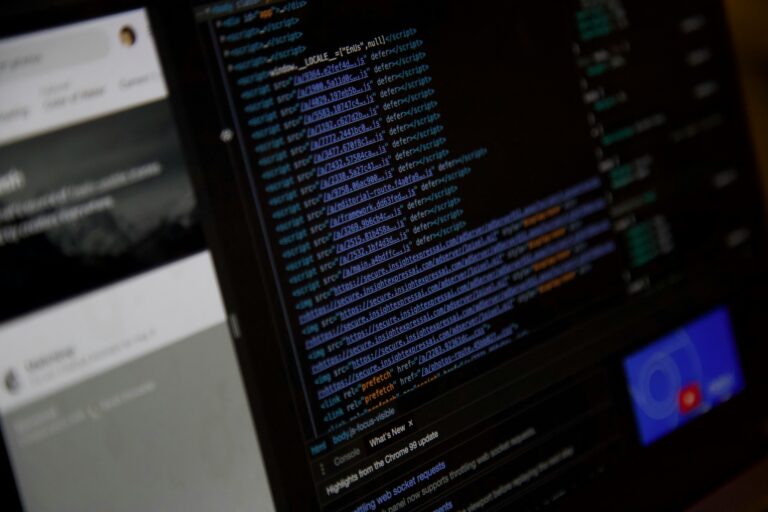Lashaudra Cox, an AP Biology and Biology teacher at Douglass High School, in urban Memphis, Tennessee, doesn’t like to “baby” her students. “I notice that some students will shut down instead of actually trying to grapple with (a problem) or, you know, have that productive struggling through it.” She adds that, instead of just giving them the information, she allows “them to work through it and solve it on their own.”
Lashaudra Cox, an AP Biology and Biology teacher at Douglass High School, in urban Memphis, Tennessee, doesn’t like to “baby” her students. “I notice that some students will shut down instead of actually trying to grapple with (a problem) or, you know, have that productive struggling through it.” She adds that, instead of just giving them the information, she allows “them to work through it and solve it on their own.”
A technique, or philosophy really, that many of us who have worked in education have been taught is that of “Learning Styles.” Basically, that different students have different ways to learn, and that a teacher, from elementary through college through adulthood, would be best to teach in four distinct different “styles” (visual, auditory, reading/writing and kinesthetic) to help every student learn. When any teacher sees a student struggling, they might ask themselves, “What learning style does this student exhibit as his or her preferred instructional mode?”
It’s a caring question, and a valid question; except for one thing. There’s not much evidence in support of specific “learning styles” improving educational outcomes.
That surprises most people. What harm is done, for example, of acknowledging that all students are different, and have a different process for learning? It may seem like none, really; but there could be some harm to advancing the idea of learning styles, or labeling a student as a particular type of “learner.” Most of us can agree that to be the most effective teacher that we can be, perhaps we can learn from what we know, and don’t know about how best children (and adults) learn.
An intentional variation of the style and scope of learning activities can do much to increase the learning potential of every student in the classroom.”
According to Drs. Megan Sumeracki and Yana Weinstein, both researchers with expertise in the science of learning, “learning styles is the idea that each individual has a ‘style’ of learning, such as auditory, kinesthetic, etc…But, we all learn best when we combine these formats. Of course, students do have preferences! But, that does not mean that students will perform better when they study in their preferred style.”In the classroom, Ms. Cox reflects on a lesson where she was explaining the concept of pedigrees; in the specific lesson, students had a list of family members, and they had to sort out who married who, who gave birth to who, and how would some type of genetic “defect” show up in their particular family, and where that “disorder” might show up, down the line. Cox quickly noticed that when students had access to the large expanse of the white-board in the classroom, they were able to more effectively solve the problem by drawing out an elaborate family tree.This is a perfect example of visual learning to be sure, and, more specifically, using “Dual-Coding” as a learning strategy. Sumeracki and Weinstein assert, “adding images to verbal explanations can make ideas more concrete.”Lauren Mueller, another teacher at Douglass, knows her students are special. “My students are amazing – they are so funny and intelligent and curious. Almost all of them live in poverty and are many years behind grade level in reading…I have to differentiate in ways I never dreamed.” But, she adds, “When believed in, the students (that) I teach can achieve so much.”
Mueller has been using dual coding in relationship to writing; with graphic organizers, and outlining tools to help students with grasping new concepts, and remembering foundational topics. Sumeracki refers to tools like these as effective “scaffolding and support.” Seeing material two different ways can help develop effective learning processes.
Adding images to verbal explanations can make ideas more concrete.” – Megan Sumeracki and Yana Weinstein
Of course, certain skills lend themselves to certain learning activities; for example, it’s difficult to learn to ride a bicycle just by reading about how to do it. Understanding the physics of bicycling does not improve recreational riding skills, for instance. Likewise, if a student absolutely hates learning something by watching a video, they are unlikely to learn much through that type of instruction if they are then able to ignore the modes they do not like. So, an intentional variation of the style and scope of learning activities can do much to increase the learning potential of every student in the classroom.
Intentionality is the key. As we explore different teaching strategies, it’s important to remember that not all strategies are appropriate all the time. “It’s not a check-box,” suggests Sumeracki. Think about what strategies and activities might induce effective learning processes for your students. We don’t want to force a strategy within a particular lesson or classroom activity. Instead, we help students best by keeping our minds open and staying intentional about when and how we use teaching strategies like dual-coding.
In an upcoming blog post on the Science of Learning Video Project, we’ll explore how to integrate new techniques into your classroom, without driving yourself crazy with unrealistic expectations to be “perfect.” Sumeracki shared an analogy we can all relate to; You can only maintain a “perfect” diet for only so long; it’s better to “cheat” so you can sustain overall better eating, and shoot for 80% over 100%.”





1 thought on “How Dual Coding Helps Learning”
Dual-coding is another molehill posing as a mountain. Beginners learn primarily by practicing. Retrieval practice works because it is practice. Practice exams work because they are practice. Colleges operate on an 80/20 split between practice and instruction. It works. Kahn Academy operates with videos up to 12 minutes long, followed by enough practice to get 5 in a row right–which might take four times as much time as the video. The trouble with most schools, teachers and tutors is overdoing the instruction and short-changing practice. I observed private tutors of high school students in my local library. In 100 observations of 20 different tutors, 94% of the time the tutors were talking. That left, at best, 6% of the time for the students to practice–answering, solving, describing, analyzing and applying. Practice conditions neural pathways that enable a person to do something they couldn’t do before. That is the definition of learning.